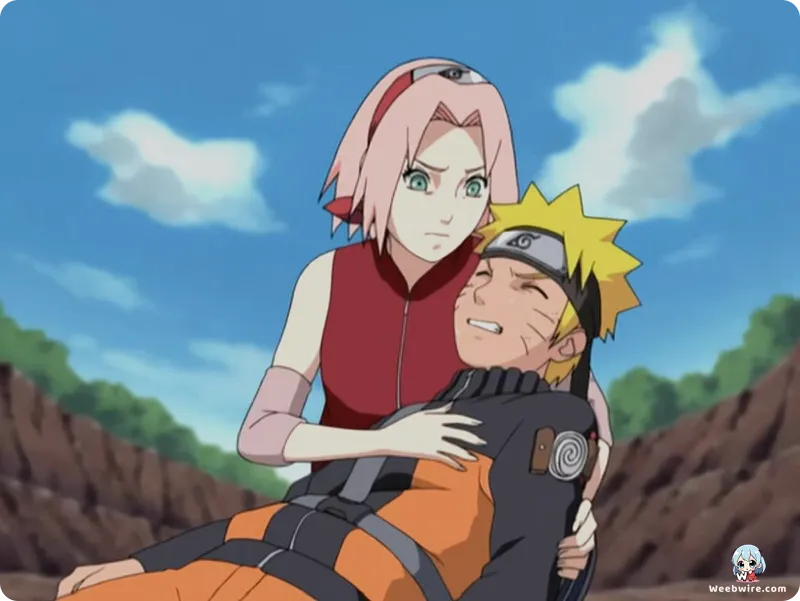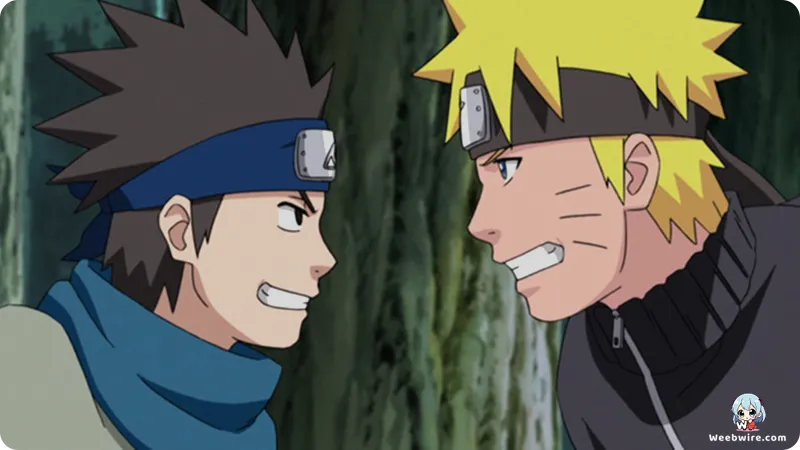From Ramen to Rasengan: The Lesser-Known Truths Behind Naruto: Shippuden's Enduring Legacy

Masashi Kishimoto's revered ninja epic, Naruto: Shippuden, continues to enthrall global audiences with its compelling plot and iconic characters. Beyond the epic battles and character development, the series is rich with hidden depths and intriguing trivia that reveal the meticulous craftsmanship behind its enduring appeal. Let's delve into some of these fascinating details that make the shinobi world so captivating.
Naruto's Enduring Love for Ichiraku Ramen
One of Naruto's most endearing traits, his love for Ichiraku Ramen, is rooted in reality. Creator Masashi Kishimoto frequented a real Ichiraku Ramen shop during his university days, immortalizing it as a symbol of comfort and belonging for the ostracized young ninja. This highlights how simple pleasures held profound meaning in his life, offering a consistent source of warmth and acceptance.
The Mystery of Kakashi Hatake's Mask
Another fascinating detail surrounds Kakashi Hatake, Naruto’s enigmatic sensei. His perpetually masked face, a source of endless fan speculation, added significantly to his mystique. While a full reveal eventually occurred, the prolonged mystery served as a clever narrative device, making his masked visage as iconic as his Sharingan eye and deepening his mysterious aura.
Itachi Uchiha: A Tragic Hero's True Motivations
The tragic tale of Itachi Uchiha stands out for its profound character complexity. Initially portrayed as a villain who massacred his clan, Itachi's true motivations unwavering loyalty to Konoha and deep love for Sasuke were later unveiled. This transformation cemented him as one of anime's most impactful tragic heroes, leaving behind a morally ambiguous yet deeply resonant legacy.

Jiraiya's Roots in Japanese Folklore
Jiraiya, Naruto's wise yet perverted mentor, finds his origins in Japanese folklore. His character, along with Orochimaru and Tsunade, is directly inspired by 'Jiraiya Goketsu Monogatari,' where Jiraiya is a ninja who transforms into a giant toad. This mythological link enriches the Sannin's abilities and Jiraiya's iconic association with Mount Myōboku and toad summoning techniques.
The Legacy of the Rasengan
The Rasengan, Naruto's signature jutsu, was meticulously developed by his father, Minato Namikaze, the Fourth Hokage, over three years. Minato sought to replicate the Tailed Beast Ball’s power without hand signs. Naruto later perfected this feat by combining it with elemental nature transformation, showcasing a powerful generational legacy in the ninja arts and a testament to his own growth.
Naruto's Extraordinary Chakra Reserves and Shadow Clones
Naruto's casual use of the Kage Bunshin no Jutsu (Shadow Clones), a dangerous and chakra-intensive forbidden technique, highlights his unique power. His ability to create hundreds of clones is a testament to his immense chakra reserves, largely due to the Nine-Tailed Fox sealed within him. This underscores his extraordinary potential and sets him apart from other ninja.
Early Concepts: Naruto as a Ramen-Wielding Chef
Early concepts for Naruto Uzumaki himself reveal a surprising vision: Kishimoto initially envisioned him as a chef who wielded ramen as a weapon. While his love for ramen remained a core trait, the ninja theme ultimately took precedence. This demonstrates the iterative process of world-building that led to the rich shinobi world we know and love today.
Konohagakure's 'Will of Fire'
Finally, Konohagakure's philosophical core, the 'Will of Fire,' emphasizes love, loyalty, and protecting the village as family. Passed down from Hashirama Senju, it profoundly influenced characters like Itachi and Naruto, defining what it means to be a Konoha ninja. It teaches that true strength lies not just in power, but in safeguarding what you cherish most.
These intricate details, cultural references, and character backstories collectively enrich Naruto: Shippuden, offering a deeper appreciation for the artistry that solidified its place as a timeless anime classic.
Credits
Naruto: Shippuden
Author
Masashi Kishimoto
Cover Art
Masashi Kishimoto
Studio
Studio Pierrot
Publisher
Shueisha
Producers





